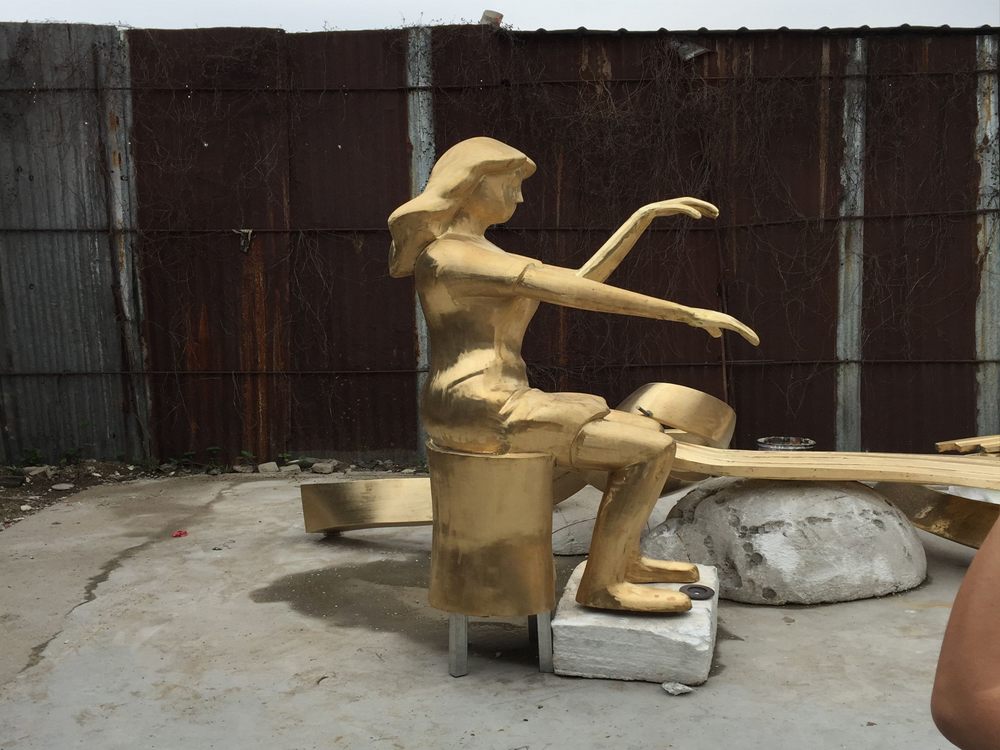
Creating the illusion of weight and mass in bronze figures is a testament to a sculptor's mastery of form, balance, and material. Bronze, despite its inherent heaviness, can be shaped to evoke a sense of lightness or solidity through deliberate techniques.
One key method is dynamic balance. By carefully distributing the figure's posture—leaning forward, bending, or stretching—sculptors suggest movement or stability. A figure mid-stride appears lighter, while a grounded stance implies mass.
Surface texture also plays a role. Rough, uneven textures absorb light, making sections seem denser, while polished areas reflect light, creating a lighter appearance. The contrast between smooth and textured surfaces enhances the perception of depth and weight.
Proportion and volume are equally critical. Exaggerated musculature or drapery folds can imply density, while hollow casting (common in bronze) reduces actual weight without sacrificing visual heft. The interplay of shadows and highlights further amplifies this effect.
Finally, patination—the chemical treatment of bronze—adds tonal variation. Darker patinas suggest weightier forms, while lighter tones lift the eye, reinforcing the illusion. Together, these techniques transform rigid metal into lifelike, gravity-defying art.

